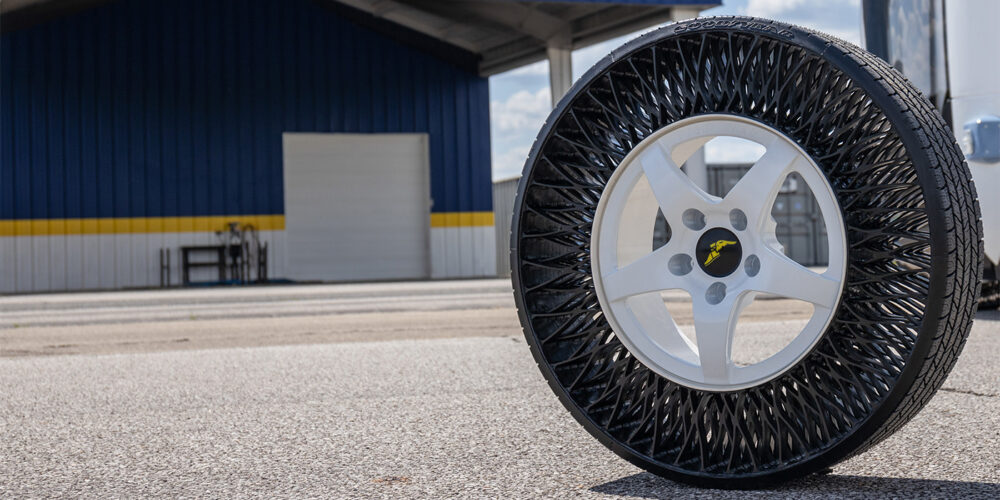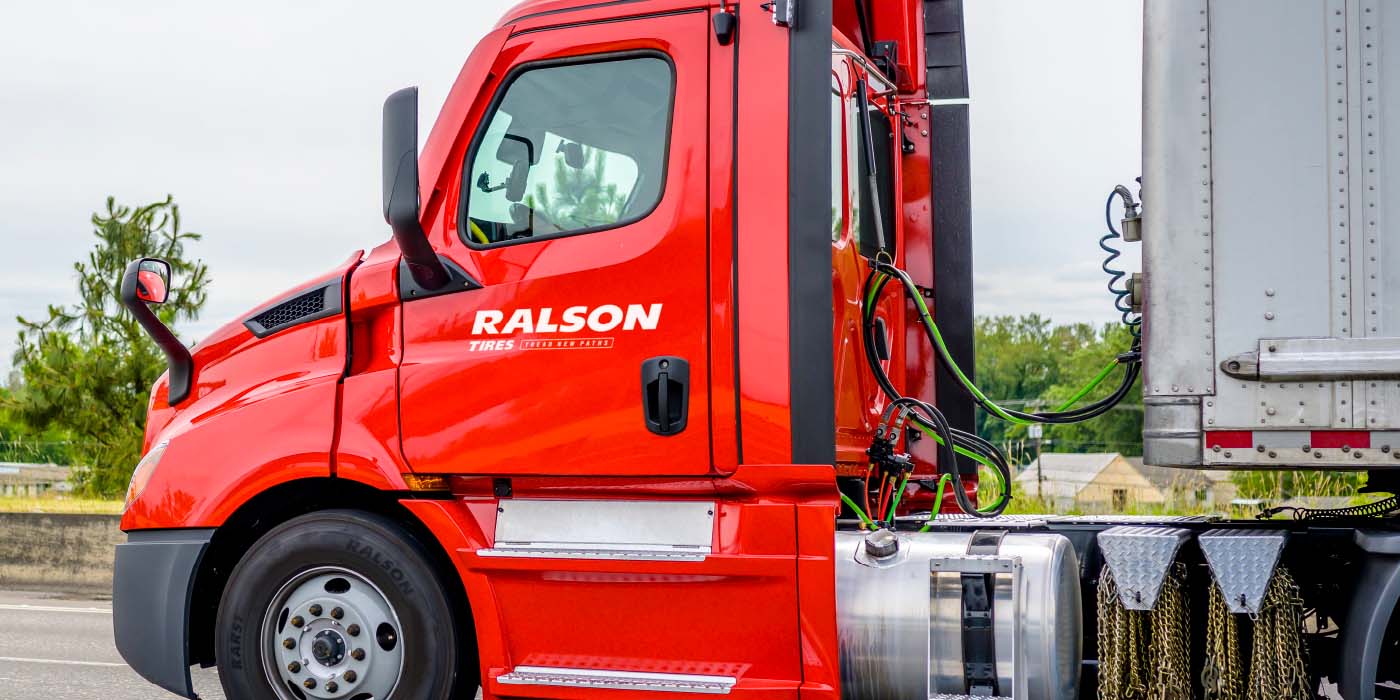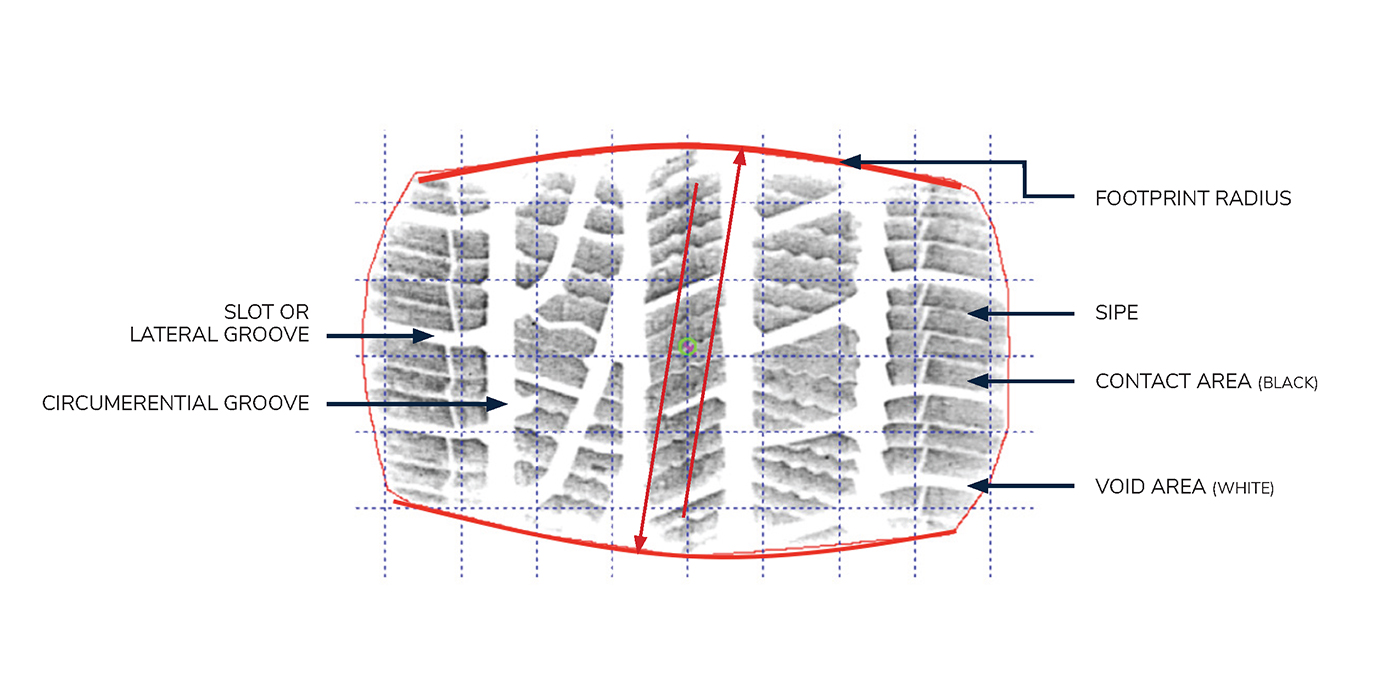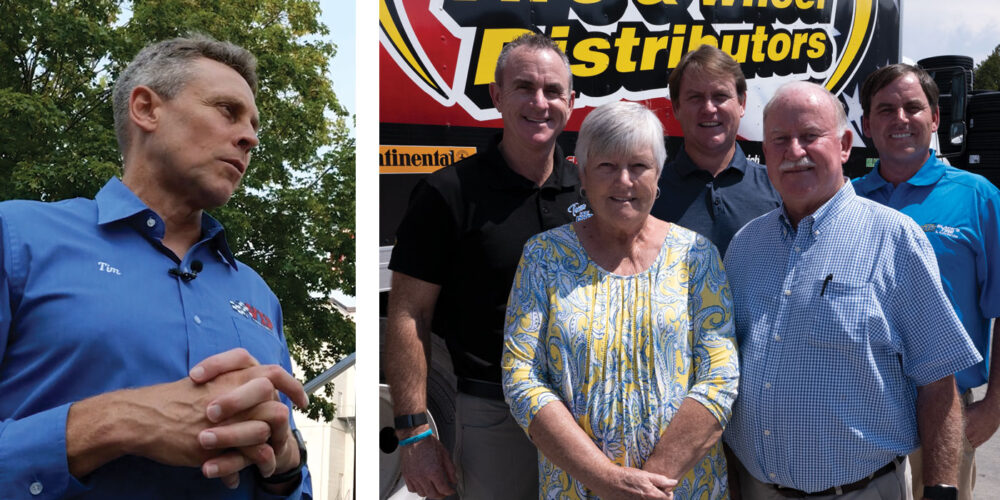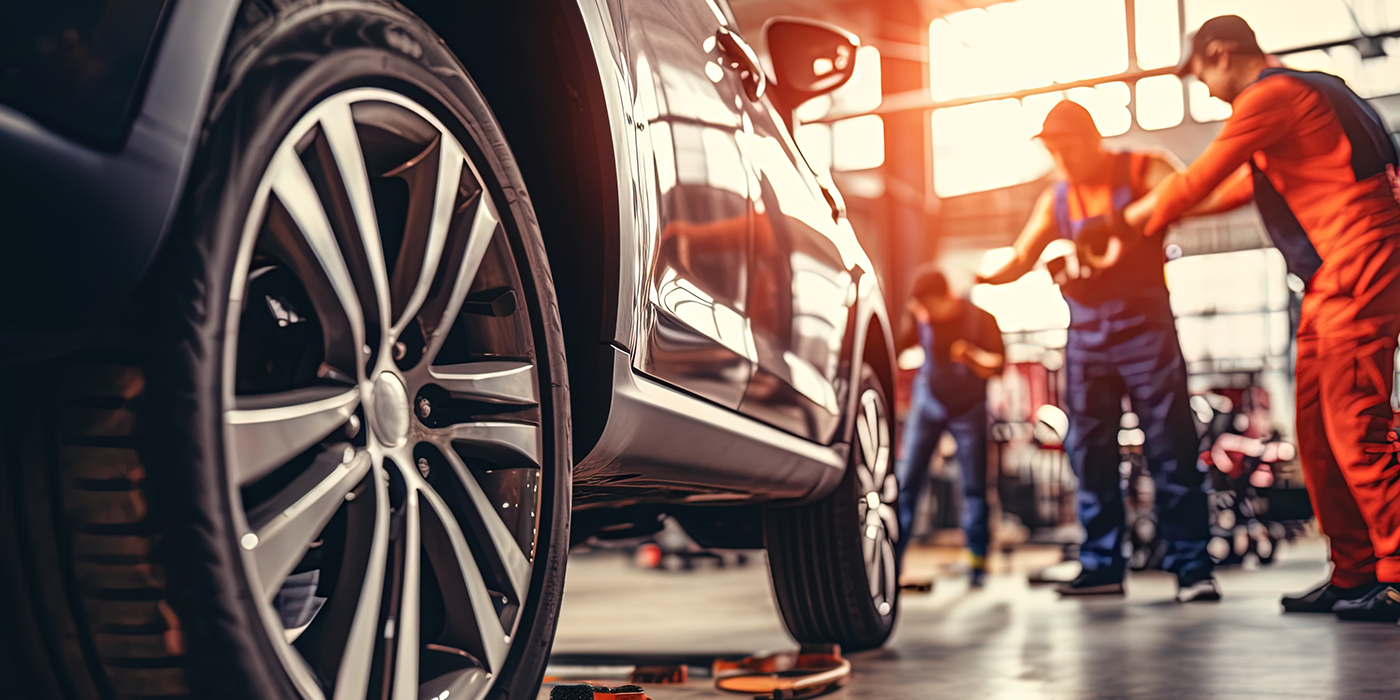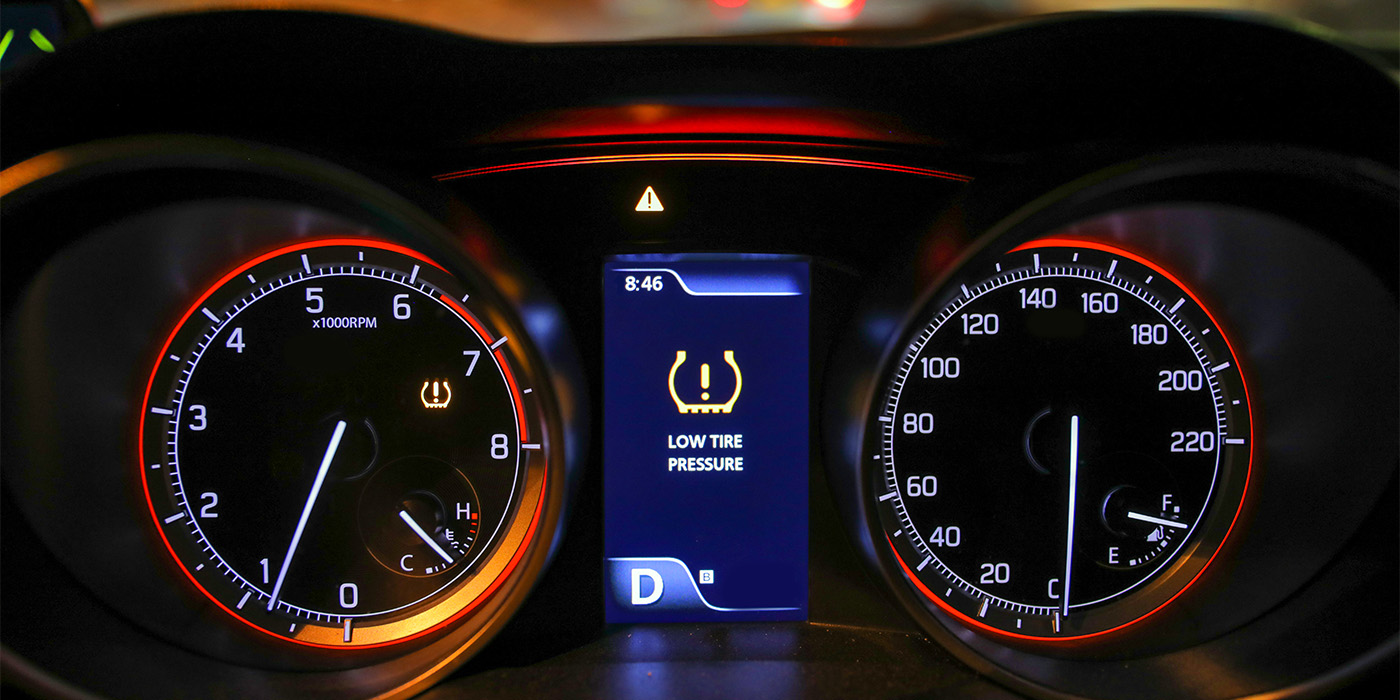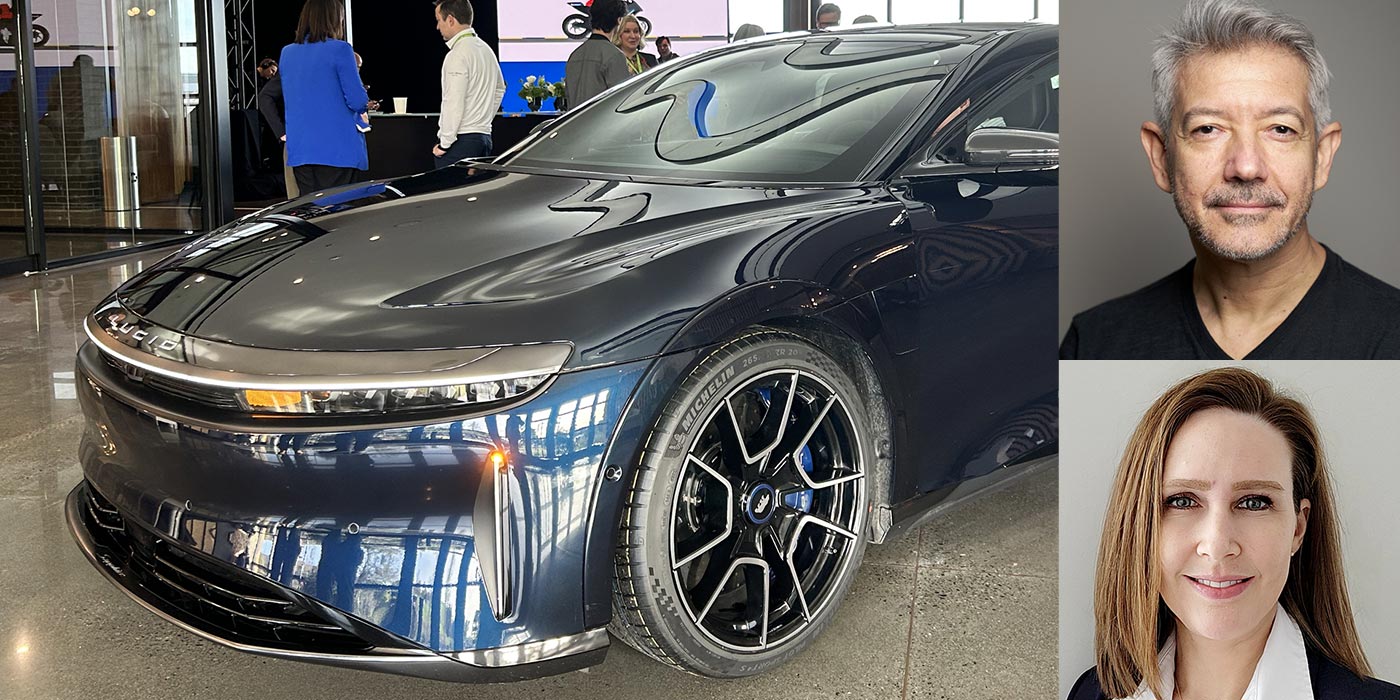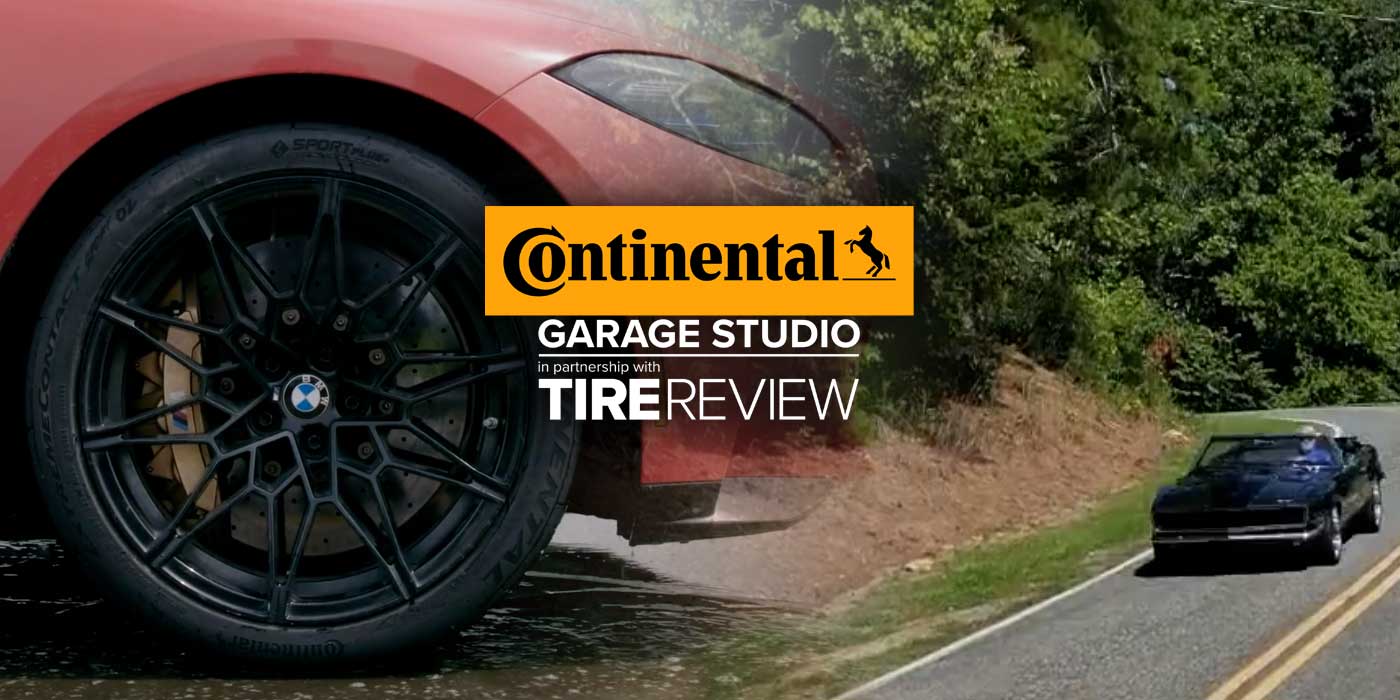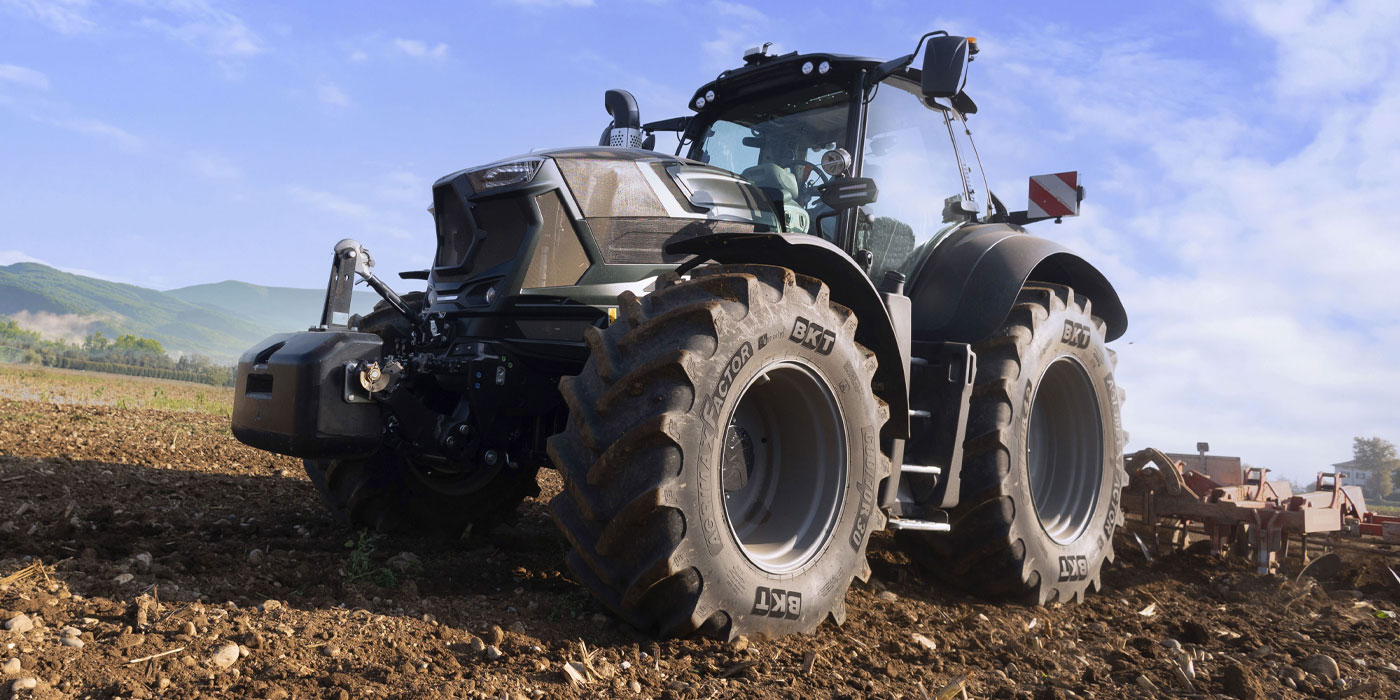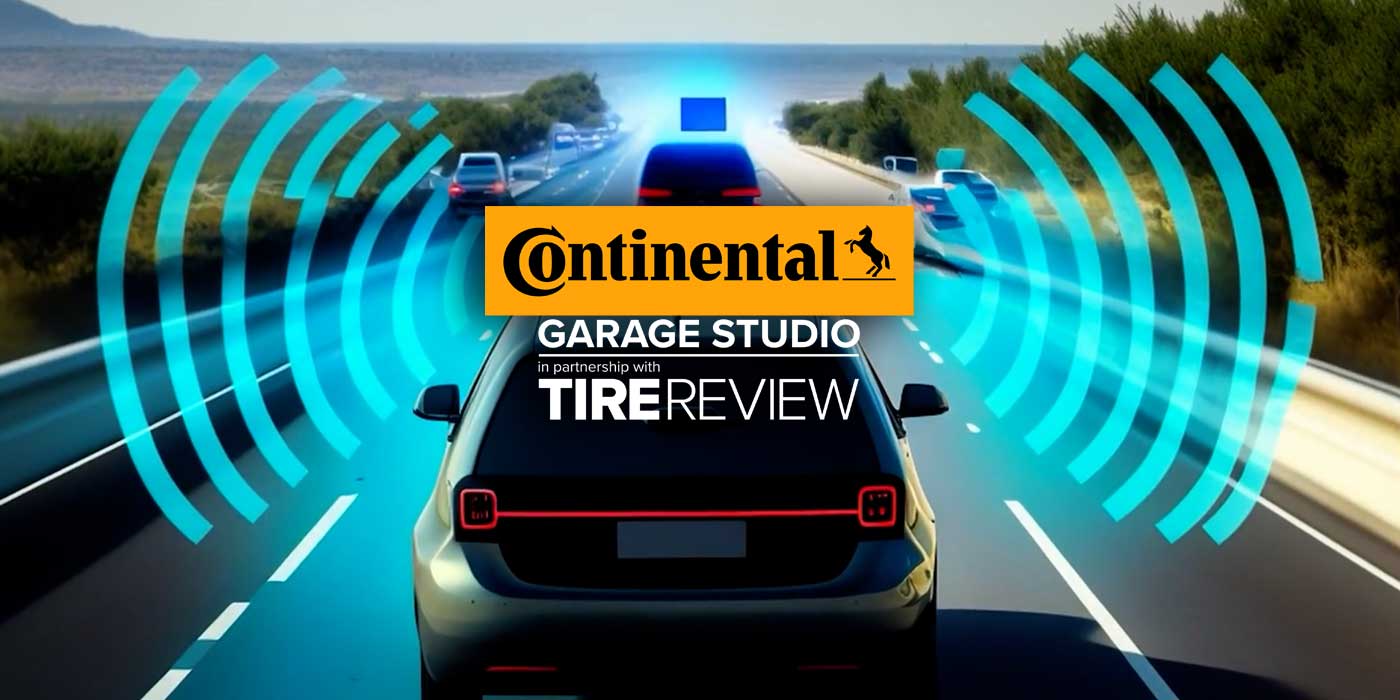For as long as any of us can remember, a tire has been the same basic structure and design – a round rubber hoop filled with air. In other words, a “pneumatic” tire.
John Boyd Dunlop is credited with inventing the first practical pneumatic tire in 1888 in Ireland, simply as an effort to give his young son a smoother bike ride over rough pavements. And since that time, numerous companies and their engineers have toiled to improve that design and its related components.
Now, we may be on the cusp of a game-changing breakthrough of that traditional pneumatic design. Multiple companies are developing – and even producing – non-pneumatic or “airless” tires. But as this work progresses, consumers and those who sell and service tires want to know when these new offerings will achieve mainstream use on cars and trucks.
Trying to pinpoint even an approximate year when airless tires will be road-ready is seemingly as fuzzy as Mr. Dunlop’s long gray beard. Tire manufacturers say they’re working on new designs for automobiles, but nothing is definite in terms of product release dates.
Most observers agree that Michelin is furthest along in the race to putting airless tires on a car for highway use, primarily with its UPTIS (Unique Puncture-Proof Tire System) design. The company claims it is “the first airless mobility solution for passenger vehicles.”
In 2019, Michelin and General Motors made a splashy announcement of a joint research agreement as co-development partners for the new technology, planting a flag that stated their goal of making airless tires a “mainstream reality” on passenger vehicles as early as 2024. It’s uncertain if a global pandemic, interrupted material supply and economic challenges have affected that timeline.
Bridgestone continues to work in the airless tire space, as well, using the Tokyo Olympics in 2021 as a venue to show off some designs on scooters and other light vehicles. The Bridgestone version is labeled as AirFree tires.
The company admits there are hurdles to be overcome with airless tires, even details as basic as finding a way to avoid trapping debris within the spokes and achieving evenly distributed weight across the new designs.
Goodyear, too, is active in non-pneumatics, having leap-frogged from an early in-market product for zero-turn mowers to test-market versions on autonomous/electric shuttles, and even testing on cars.
The company claimed an industry first with its development of an airless tire and wheel assembly to support autonomous vehicle transportation in a city setting for in-field use with the Jacksonville Transportation Authority. This followed Goodyear’s three-year program with specialty vehicle manufacturer Local Motors to test an Olli shuttle supported by non-pneumatic tires.
The testing involved various locations and conditions, reaching several performance targets with respect to load, speed and durability. As the two companies stated, the testing phase revealed more feedback on ever-advancing sustainable, maintenance-free and longer-lasting options.
Other tire companies are also dabbling in the field of airless tires. Hankook, for one, showed a concept as early as 2013. As recently as January, the South Korean tiremaker presented the latest version of its airless i-Flex as part of a cooperation with the Hyundai Motor Company.
Still, any company working in this area will be faced with achieving U.S. Department of Transportation approval of its airless tires, which likely also pushes realistic road use to at least “a few years away.” And because much of the near-term focus remains on securing fitments for mobility services, the nearest applications for this technology are not for personal cars.
Those early versions of non-pneumatics were indeed on “other” types of machines.
Michelin had highly visible applications of its Tweel airless tire design on various John Deere utility vehicles. Goodyear’s early work was with Bad Boy Mowers. And Polaris offered airless tires as an option on its all-terrain vehicles starting in 2013, with the hoops made by Resilient Technologies.
In addition to the utility segment’s use of airless tires on mowers, tractors and skid-steers – and even unique applications on military vehicles and in space – the urban transportation environment offers a comfortable test bed for this alternative tire architecture. This is mostly due to the low-speed and repeatable travel paths used by small shuttle bus systems.
Picture a college or corporate campus where driverless shuttles can operate on a set path, ferrying passengers at a slow speed. The vehicles are not demanding of the tires in terms of high-performance or comfort, and the operation of the autonomous vehicles should be trouble-free with no equipment breakdowns (flat tires). Thus, these are perhaps ideal uses of non-pneumatics – now and in the future.
Certainly, the architecture of tires might look different in an emerging mobility ecosystem, where autonomous vehicles and ride-sharing are predicted to become increasingly routine. Lower vehicle maintenance, including tires, is a definite target, so anything that can point to the elimination of flats and tire pressure checks is a bonus. Worry-free performance is desired by new types of transportation companies that simply don’t want the hassle.
This is a reason that other extended mobility tire technologies, such as run-flats and sealants, remain relevant. There is also a positive environmental angle with airless tires. Their perceived longevity of service could lead to a reduced number of tires going to scrap, and a reduction of overall raw materials and energy used in tire production.
But it’s not all smooth rolling for non-pneumatics. That is why the years of designing and testing by many companies still have not delivered road-ready models.
The development of airless tires is not an easy or simple task. Companies have to design them, manufacture them, find sensible fitments, and do so while balancing cost and durability.
In terms of performance, airless tires ideally need to deliver high load carrying, low stiffness, long endurance, good uniformity, low weight, low rolling resistance, low flat-spotting, good handling, precision assembly and competitive cost. It’s a tall order.
Since the 1800s, air has been the element used in tires to make them work so perfectly. Air in a tire helps the generated heat disperse easily and it provides a constant cushioning effect as the tire rolls. Without air, there is potentially more material in a non-pneumatic tire that can lead to heat build-up.
Airless tires deform as they roll over surfaces, but can they effectively handle all of the deformations and impacts like a traditional pneumatic tire? Can they offer satisfactory rolling resistance to match the fuel efficiency of pneumatics?
Despite all of these questions – and tire manufacturers are very good at coming up with answers – the biggest factor in any new vehicle technology is safety. Ensuring that airless tires are safe components, especially as speeds and loads increase, is a hurdle for government agencies as they consider these potentially breakthrough products.
Goodyear’s Chris Helsel, chief technology officer, explained in a recent speech: “That’s why you see the evolution and the applications we’ve been working on. It starts with a low-speed, low-load, zero-turn mower. We move to an autonomous shuttle. Why? An autonomous shuttle has a load of a vehicle like a car, but it only goes maybe 35 miles per hour, so it’s low speed.”
Goodyear has released test videos in recent years of its non-pneumatic iterations on fast-driving cars, such as the BMW 3-Series and Tesla Model 3, but still admits its airless tires likely will not be road-ready until 2030.
As a tire shop owner looks at this highly visible test activity, the potential game-changing technology and a growing belief that this new breed of tire architecture is coming someday, a concern of “Where will I fit in?” may arise.
When does a traditional tire shop need to be realistically ready to service any vehicles running on airless tires? Or when will a shop be tasked with selling replacement airless tires, if at all?
As with any new technology, the time is right to stay updated on what is happening and be prepared when the real-world application hits. By all accounts, practical and mainstream usage is at least a few years away. Staying close to your primary suppliers is advised. Know where they stand and directly ask for your shop’s role in the future.
Technology is exciting, not scary. John Boyd Dunlop (and his son) thought so.

